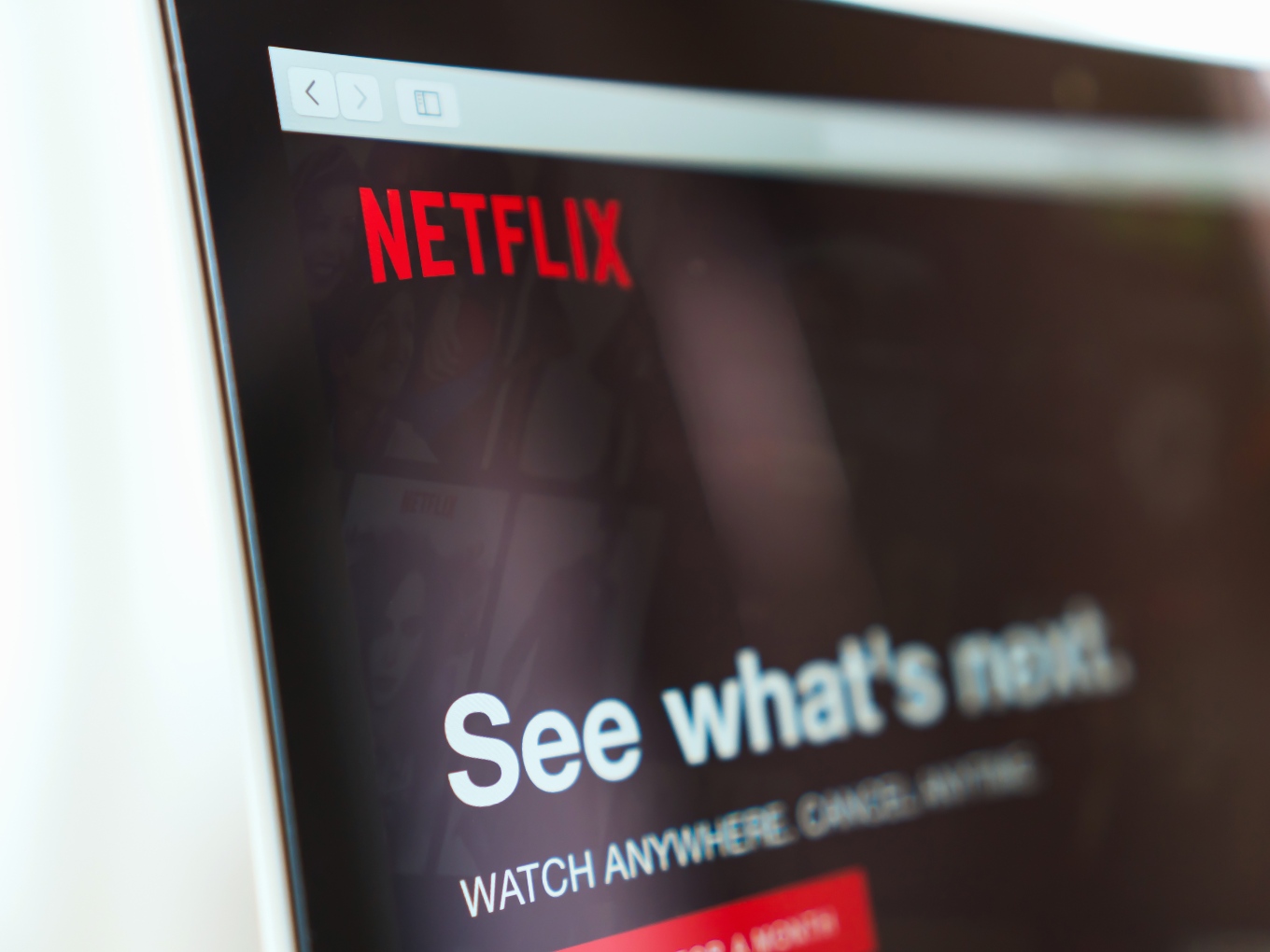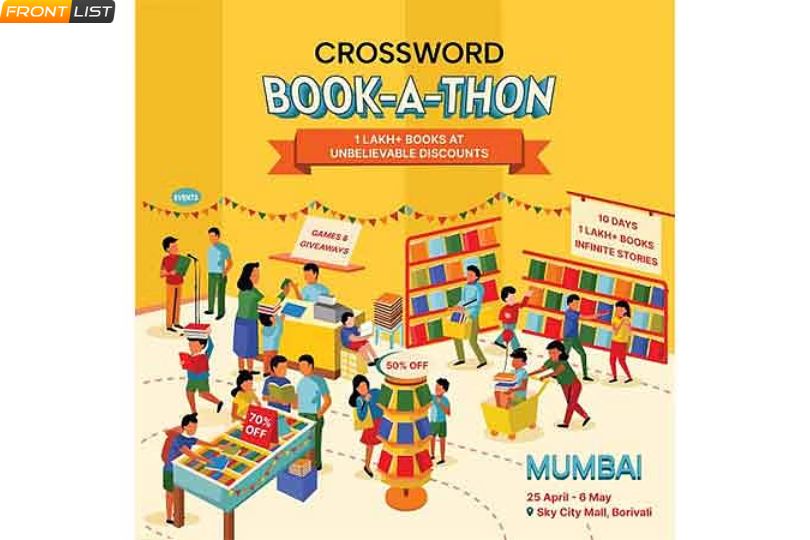Frontlist | Netflix To Release 41 Indian Titles In 2021
Frontlist | Netflix To Release 41 Indian Titles In 2021on Mar 04, 2021

 Besides cheaper plans, Netflix has its hands deep in the Indian market, with plans to source local content in Hindi and other Indian languages as well, through partnerships with Indian production houses.
Recently, the company partnered with Reliance’s digital venture Jio Platforms. With the partnership, Jio offers a complimentary subscription to Netflix, Amazon Prime and Disney+ Hotstar with its PostPaid Plus plans.
However, Netflix will continue to face increasing competition from Amazon Prime and Disney+ Hotstar, the former having recently launched mobile-only subscription plans starting at INR 89 for 28 days, cheaper than Netflix’s mobile-only plan which costs INR 199 per month.
Moreover, the subscription cost for Disney+ in India is among the lowest in the world at INR 1499/year or $20. Further, an even cheaper subscription model, priced at INR 399/year or roughly $5.5 exists with limited offerings in terms of content available on the platform.
The overall OTT market in India is expected to grow at 21.8% CAGR from INR 4,464 Cr in 2018 to INR 11,976 Cr in 2023, according to PwC’s Global Entertainment & Media Outlook 2019–2023. A September 2019 report by KPMG predicts that India will have more than 500 Mn online video subscribers by FY2023. This would make it the second-largest market after China.
However, India’s new guidelines for Digital Media Intermediaries could be a dampener for the growth prospects of OTT platforms here.
The new rules mandate a three-tier oversight mechanism for digital media intermediaries, which includes OTT platforms. The first level would be self-regulation by the platforms, which would require OTT platforms to provide, for all content on their platforms, content classification certificates such as U (Universal), sub-classified into U/A 7+, U/A 13+ and U/A 16+, and A (Adult), which is content only to be viewed by those aged 18 and above.
The second level is the self-regulating body, to be headed by a retired judge of the Supreme Court or of a high court, who will be appointed by a panel headed by the Ministry of Information and Broadcasting (I&B Ministry). The body will have not more than six members, consisting of experts from the media, entertainment and broadcasting industries.
The body will be charged with addressing grievances, not already disposed of by digital media intermediaries independently, within 15 days of receiving the complaint.
The third level will have an Inter-Departmental Committee (IDC) constituted by the I&B Ministry. The committee will be headed by an authorised officer of the ministry, not below the rank of a Joint Secretary and will address complaints referred to it by the self-regulating body or by the ministry. As per the new rules, the IDC head will have the power to issue directions for blocking certain content. The committee will also be able to take certain matters suo moto, without waiting for either of the first two tiers to be exhausted. And therein lies the problem, feel industry experts and free speech advocates, who feel that the committee could act as a ‘censor board’ for all content that offends sensitivities. The recent instance of the makers of the Amazon Prime web series Tandav agreeing to cut a contentious scene, after the intervention of the Ministry of Information and Broadcasting, has also aggravated these concerns.
The rules have also undermined the OTT industry’s long-drawn effort towards self-regulation, which even saw 17 leading platforms, under the aegis of the Internet and Mobile Association of India (IAMAI), release a self-regulation code last year. Days before the government notified the new guidelines, IAMAI said in public that it was dismayed the government wasn’t consulting it or any of the other stakeholders during the drafting process.
Besides cheaper plans, Netflix has its hands deep in the Indian market, with plans to source local content in Hindi and other Indian languages as well, through partnerships with Indian production houses.
Recently, the company partnered with Reliance’s digital venture Jio Platforms. With the partnership, Jio offers a complimentary subscription to Netflix, Amazon Prime and Disney+ Hotstar with its PostPaid Plus plans.
However, Netflix will continue to face increasing competition from Amazon Prime and Disney+ Hotstar, the former having recently launched mobile-only subscription plans starting at INR 89 for 28 days, cheaper than Netflix’s mobile-only plan which costs INR 199 per month.
Moreover, the subscription cost for Disney+ in India is among the lowest in the world at INR 1499/year or $20. Further, an even cheaper subscription model, priced at INR 399/year or roughly $5.5 exists with limited offerings in terms of content available on the platform.
The overall OTT market in India is expected to grow at 21.8% CAGR from INR 4,464 Cr in 2018 to INR 11,976 Cr in 2023, according to PwC’s Global Entertainment & Media Outlook 2019–2023. A September 2019 report by KPMG predicts that India will have more than 500 Mn online video subscribers by FY2023. This would make it the second-largest market after China.
However, India’s new guidelines for Digital Media Intermediaries could be a dampener for the growth prospects of OTT platforms here.
The new rules mandate a three-tier oversight mechanism for digital media intermediaries, which includes OTT platforms. The first level would be self-regulation by the platforms, which would require OTT platforms to provide, for all content on their platforms, content classification certificates such as U (Universal), sub-classified into U/A 7+, U/A 13+ and U/A 16+, and A (Adult), which is content only to be viewed by those aged 18 and above.
The second level is the self-regulating body, to be headed by a retired judge of the Supreme Court or of a high court, who will be appointed by a panel headed by the Ministry of Information and Broadcasting (I&B Ministry). The body will have not more than six members, consisting of experts from the media, entertainment and broadcasting industries.
The body will be charged with addressing grievances, not already disposed of by digital media intermediaries independently, within 15 days of receiving the complaint.
The third level will have an Inter-Departmental Committee (IDC) constituted by the I&B Ministry. The committee will be headed by an authorised officer of the ministry, not below the rank of a Joint Secretary and will address complaints referred to it by the self-regulating body or by the ministry. As per the new rules, the IDC head will have the power to issue directions for blocking certain content. The committee will also be able to take certain matters suo moto, without waiting for either of the first two tiers to be exhausted. And therein lies the problem, feel industry experts and free speech advocates, who feel that the committee could act as a ‘censor board’ for all content that offends sensitivities. The recent instance of the makers of the Amazon Prime web series Tandav agreeing to cut a contentious scene, after the intervention of the Ministry of Information and Broadcasting, has also aggravated these concerns.
The rules have also undermined the OTT industry’s long-drawn effort towards self-regulation, which even saw 17 leading platforms, under the aegis of the Internet and Mobile Association of India (IAMAI), release a self-regulation code last year. Days before the government notified the new guidelines, IAMAI said in public that it was dismayed the government wasn’t consulting it or any of the other stakeholders during the drafting process.
Frontlist
Frontlist Article
Frontlist India
Frontlist India news
Frontlist Latest
Frontlist News
Google news
Netflix
OTT
Platforms



.jpg)






.jpg)

.jpg)
.jpg)
.jpg)
.jpg)

.jpg)










Sorry! No comment found for this post.